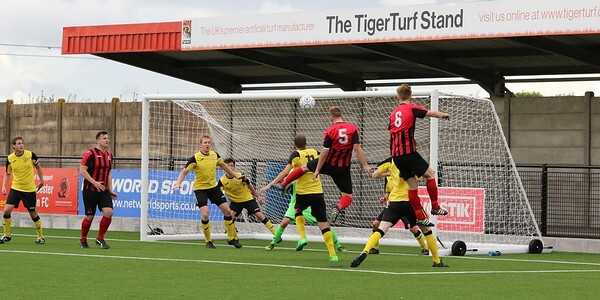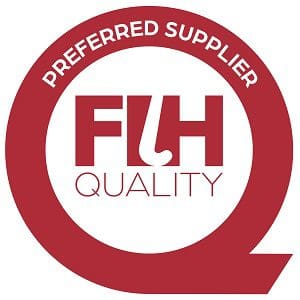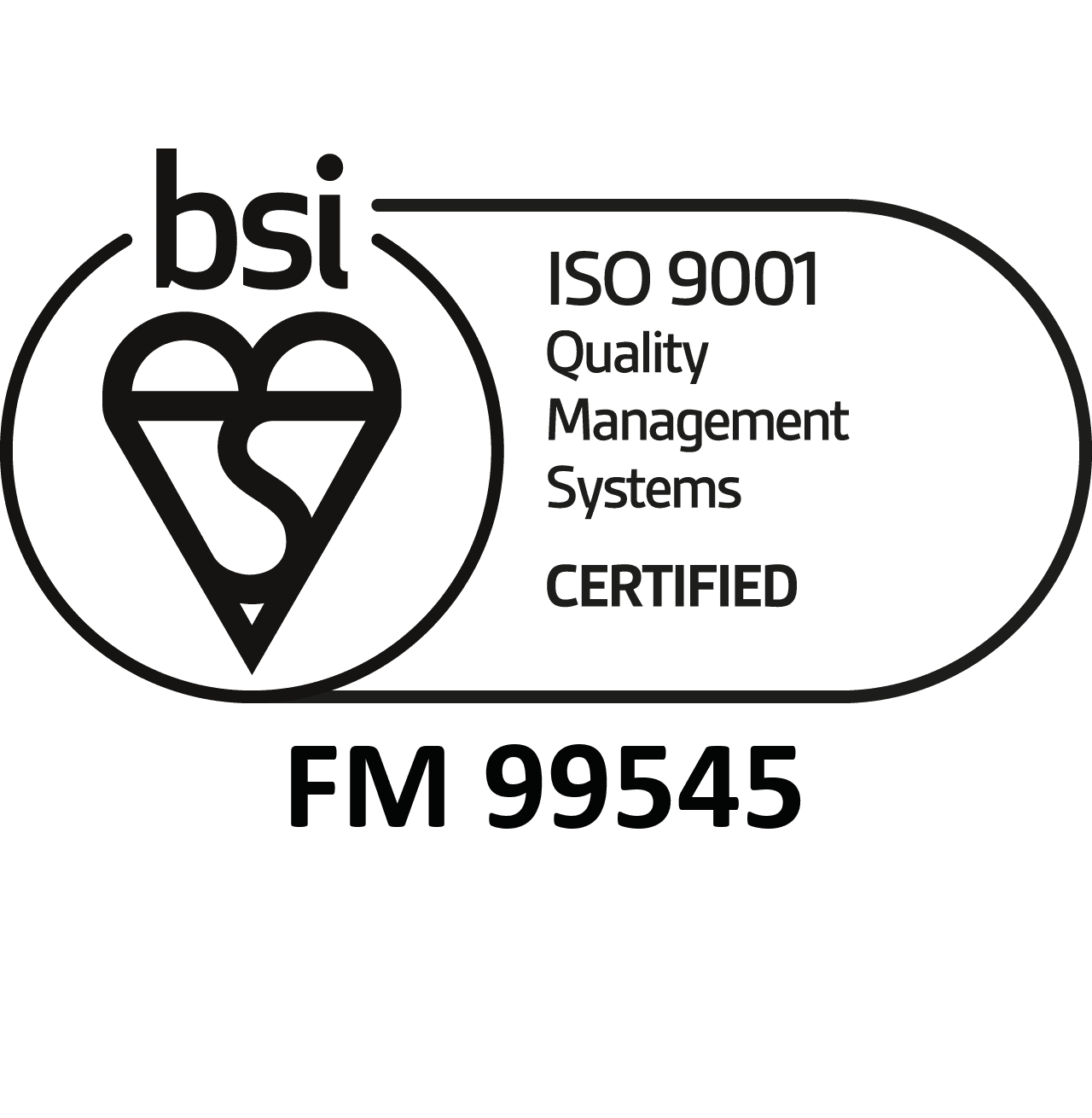
Artificial grass, AstroTurf, 3G – all of these are terms used to describe the artificial grass surfaces and pitches used in sport and landscape. But what is the difference?
TigerTurf national sales manager, Mark Waite, de-mystifies the confusion around artificial grass pitches (AGP) and AstroTurf, showcasing how far artificial grass has come.
Artificial grass pitches first hit the UK in the late 1970’s and the first generation was a carpet only version with no infill. This provided a problem as it created and gained the reputation that ‘AstroTurf burns your skin’.
Moving forward into the 1980’s, we saw the sand filled or second generation (2G) of AstroTurf, which found its way into professional football clubs with Luton Town, Queens Park Rangers and Preston North End all investing in stadium pitches. However, it still presented a friction problem and players were using tracksuit bottoms or skins to protect themselves.
As we hit the 1990’s, the third generation, or 3G surfaces arrived with the introduction of an extra infill usually SBR (styrene-butadiene rubber) rubber crumb. These 3G pitches were initially fibrillated polypropylene before the industry moved to monofilament yarns and there’s an argument that each yarn type has its niche in the marketplace.
One of the most common ways of referring to AGP is ‘AstroTurf’ – this is actually an American company that sells AGP and specialises in large sports pitches and training grounds. Since the 1990’s, it’s had almost no presence in the UK.
The evolution of the traditional AstroTurf to the first-class artificial grass pitches now on offer is a result of the advancements in infill and yarn technology.
AGP are now ‘contact friendly’ with no friction burns occurring when a player comes in contact with the artificial grass surface. There are several layers to the base of a 3G pitch, including shock-pad layers and rubber crumb infill, to emulate real grass. This provides a cushioning effect ensuring shock absorption and creates a smooth, level and sturdy playing surface, reducing the chance of injury.
Sports clubs across the country are making the most of these advancements, which not only provide a first-class playing surface, but also brings additional revenue streams from increased hours of use.
Artificial grass has come a long was since the carpet burns in the 1980’s, and this trajectory is set to continue, as the next generation of surfaces to push players to perform at their best.
To talk to Mark about installing a TigerTurf pitch at your community facility, contact us.






